 The image I had conjured up of Miss Universe Japan was of an exquisite creature cocooned in an ornate Rococo setting complete with a Greco-Roman water fountain and dainty nibbling sweets from a silver platter.
The image I had conjured up of Miss Universe Japan was of an exquisite creature cocooned in an ornate Rococo setting complete with a Greco-Roman water fountain and dainty nibbling sweets from a silver platter.
But the office of IBG Japan was on the fifth floor of a non-descript building in Omotesando. Construction of the interior was underway when I walked in. I could hear friendly chatter from a backroom and the first person who smiled at me from within that room was unmistakably Hiroko Mima.
The radiant goddess rises above the chaos of interior renovations—tape measures and carpenters—and floats towards me. Standing at 173cm, Mima is tall. The white halter top she wears shows off the cleavage of her dark bronzed skin. Her eyes are exoticized by glimmery eyeshadow. Then she smiles. Yes, she’s gorgeous. But her smile, warm and genuine, reveals an unexpected side of the beauty queen. We meet for the first time and instead of shaking her hand, I almost want to hug her.
Meeting Hiroko Mima, you get the sense that the days of beauty pageant contestants as catty, self-centered princesses backstabbing each other, is gone. The slogan of the pageant goes: “We, the young women of the universe, believe people everywhere are seeking peace, tolerance and mutual understanding. We pledge to spread this message in every way we can, wherever we go.”
Mima confirms that comradery prevailed at the contest. “My roommate was Miss El Salvador and I will never forget meeting her,” she says with emotion. “I still can’t believe how patiently she listened to my bad English and communication with body language. She treated me as a good friend from the beginning,” Mima recalls and you can almost see the hint of tears welling up in her eyes. “It’s no wonder she became Miss Congeniality.” According to Mima, even the organizers remarked about how none of the girls seemed intent on competing with each other.
While it is only the final competition in Nha Trang, Vietnam that is televised worldwide, for the contestants, it is a month-long whirlwind of traveling, photo shoots, and costume changes. “My best memories are meeting the other girls. I learned so much about cultural differences. Many of the girls prayed together and one even copied passages from the Bible every night. Religion in other countries play a bigger role than in Japan,” says Mima.
Unlike past winners like Kurara Chibana who speaks four languages and Riyo Mori who speaks fluent English, having lived for years in Canada, Hiroko Mima had never left the shores of Japan and didn’t speak English at all. “During the competition, when Ines Ligron was giving directions, everything was in English and I just had to watch and follow what the others were doing,” recalls Mima. She never had any dance or modeling experience. She knew she would be a dark horse, but perhaps it was because of her refreshing background, she impressed the judges. “I think I came across as honest and genuine. While I never did modeling, I was used to competing under pressure at a high level by taking part in national track and field meets,” she concludes.
A serious high jumper, she had spent most of her teenage years in track suits without make-up. Instead of male admirers, she recalls having lots of girlfriends telling her, “If Hiroko was a guy, I would want her as my boyfriend.” “I wasn’t exactly masculine but I was definitely boyish,” she laughs. Being so involved in sports, she never got caught up in the gossip scene. She simply spoke her mind and plunged ahead to do things instead of waiting around for consensus. “It wasn’t like I didn’t have interest in fashion or beauty, but it all seemed like a far away world,” recalls Mima who hails from a small town on the island of Shikoku.
Indeed, Hiroko Mima seemed to be the most unlikely candidate to enter a beauty pageant. It actually took a tragic incident to inspire her to apply for the contest. “Three years ago, my father suddenly passed away in a car accident. I then realized how short life is. If you don’t take a chance and go for your dreams now, you may never have another opportunity,” she says. Around that time, Mima saw on television how Riyo Mori had won Miss Universe and thought, “She’s the same age as me and she’s had such a wonderful opportunity. I too would love to travel and meet people from all over the world.” So auditioning to become a model was not something Mima had considered. If she was going to take a chance, it would not be for a fashion shoot. Hiroko Mima wanted a chance at taking on the world.
Mima is the first to admit that she is nowhere near the typical ideal of Japanese beauty. “They have fair skin, smile and do not state strong opinions. I don’t think I would have done well in a domestic contest because I’ve always been a bit different. I would speak my mind, and in Japanese relationships doing so sometimes can create friction, so I tried to hold back. Preparing for Miss Universe was an eye-opening experience for me because Ines made me feel that it is good to state my honest opinions.” Indeed, Mima acknowledges that the standards of selecting a candidate for Miss Universe may be different from domestic contests. “There is an emphasis on choosing candidates that will do well in international arenas and I think judges look for girls who have appeal to stand out as individuals,” says Mima.
Being assertive and confident is something that international judges look for and perhaps because these characteristics are not seen as positive in Japanese women, Japan hasn’t an impressive record in the pageant since 1959 when Akiko Kojima won the contest. What Ines Ligron has done is to take genuinely wholesome Japanese girls and make them bold and assertive without losing their sweetness. Having such contrasting characteristics in one person then becomes a striking combination and Japanese candidates have recently all become at least semi-finalists.
As soon as she won Miss Universe Japan 2008, Hiroko Mima’s training would start by living with charismatic national director Ines Ligron. “One of the most memorable moments for me was when Ines told me that I was unattractive when I wash dishes,” laughs Mima. The Miss Universe pageant was a contest where the girls would be judged for an entire month. Mima says living with Ines transformed her into a person for whom elegance became second nature. “Other teachers and coaches tell their students what to do by only using words and then expect results. But Ines teaches by being an example of what she expects so it is easy and natural to understand,” explains Mima. “Even for a simple dinner at home, Ines would light up candles and make it into a special experience.” But what Ligron is best at doing is giving girls the confidence to believe in themselves. “Talk, Hiroko, talk,” Mima recalls Ligron telling her. “Your appeal is that you can speak honestly from the heart and people will respect you for that.”
For Hiroko Mima, representing Japan made her think hard about what makes her special. “I have a Japanese heart,” she explains. What Mima means by that is she shows consideration for others in small ways. “For example, after trying on a costume, I will hang it back nicely for the next person who tries it on. Whenever possible, I try to be helpful and supportive to others. I think that is something as a Japanese woman, I have been socialized to do, and it’s something to be proud of.”
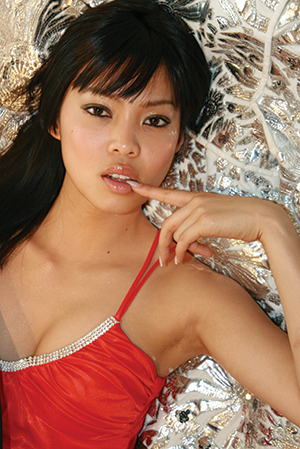 Mima is due to graduate from Nihon University’s Physical Education Department next spring. Although she still has interest in teaching sports to children, her Miss Universe Japan experience is opening doors to her trying out different things. “I did a swimsuit modeling shoot for a foreign fashion designer. I enjoyed being a guest on a radio talk show. There are many things I would like to try and experience,” she says.
Mima is due to graduate from Nihon University’s Physical Education Department next spring. Although she still has interest in teaching sports to children, her Miss Universe Japan experience is opening doors to her trying out different things. “I did a swimsuit modeling shoot for a foreign fashion designer. I enjoyed being a guest on a radio talk show. There are many things I would like to try and experience,” she says.
Potentially, one role for her is to be a spokesperson as a positive role model for young women in Japan. On the surface, she seems to have everything, but Mima can still relate to the ordinary girl. “I never grew up thinking I was beautiful. Beautiful girls were small and cute and I was so tall. Small girls can wear such nice clothes. I was always considered too heavy for high jumping and even as a model, I’d be overweight. No matter what we look like, no one ever is perfect and no one is ever as bad as they think,” she says earnestly. “I went through a spinal injury in high school and my beloved father died, so I’ve learned to be positive and pick up myself after being devastated. I’d like to convey that type of message to people in Japan and around the world,” says Mima. To hear her speak with such conviction, for a moment, you almost forget that she’s spectacularly gorgeous. She is a beauty queen with a heart.The economic downturn of 2000 saw the demise of many beauty pageants including the prominent Miss Tokyo, an event with a 43 year history. A slew of other lesser-known regional pageants across Japan (Miss Itabashi, Miss Rumoi, Miss Ebetsu and Miss Furukawa) also stopped soliciting candidates that year. It marked the end of the beauty pageant boom, which peaked in 1990. That year, it was estimated that across the nation, over 2,000 contests were held. Many represented geographic regions but others promoted products or companies. The kokeshi doll had its Miss Kokeshi, Miss Natsu Mikan represented a citrus fruit, Miss Cha Musume served fresh green tea.
But now, pretty, ambitious young women are more savvy and are abandoning beauty pageants for the more lucrative positions such as being corporate product spokes models. The life of a regional Miss Con is not always glamorous. One regional Miss-Con winner writes on her blog, “I got paid ¥15,000 to have my arms groped and cheeks pinched by middle-aged ladies for four hours. Was I overpaid or underpaid, I haven’t decided yet.”
Rather than handing out product samples at train stations cajoled by lewd middle-aged sponsors, being a corporate product model has more professional respect, better working conditions and career prospects. Some are offered a permanent position at the corporation afterwards. Others use the experience as a springboard to a modeling career. Being courted by the clientele of wealthy eligible bachelors at public relations events is another fringe perk.
However, Miss Universe Japan is an exception. The Japanese, with their penchant for international recognition, are interested in this global competition. Between 1957 and 1997, only one Miss Japan winner had gone on to win the world title and that was Akiko Kojima in 1959. It is said that event organizer Donald Trump wanted Japan, the second largest economy in the world, to do well in the event. So in 1998, he appointed Ines Ligron to become Japan’s national director. Ligron turned ordinary girls into world beauties, producing a finalist or fourth runner-up in 2003, a first runner-up in 2006 and then Riyo Mori won the 2007 title. The success of these women has given prominence to the event. According to the Miss Universe Japan office, there were over 4,000 applicants last year.
Miss Japan is now a completely different entity and still enjoys fair popularity. What has increased dramatically in popularity in recent years is selecting university campus beauty queens. Unlike contests with corporate sponsorship, these pageants are organized by college boys so there is not much compensation (aside from getting to talk to pretty girls). Four college groups have held contests named: Miss Campus, Miss Campus Queen Contest, Miss All Campus, and Miss Campus of Navi Grand Prix. While Miss Tokyo University often selects a quieter path, most former Miss Keio and Miss Waseda go on to become television announcers. For the girls, having some “title” provides them a springboard to a career in competitive fields such as television or modeling so, contrary to popular belief, the contests do offer more than just vanity—winning can actually launch a successful career.
Story by Carol Hui
From J SELECT Magazine, December 2008

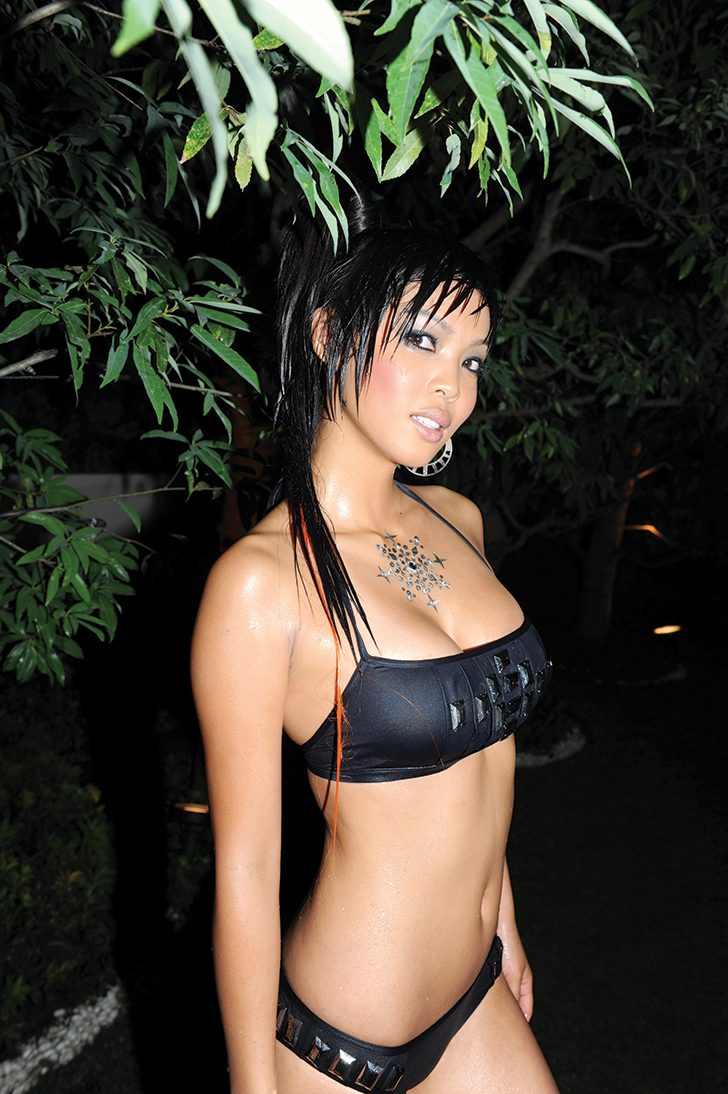

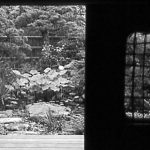

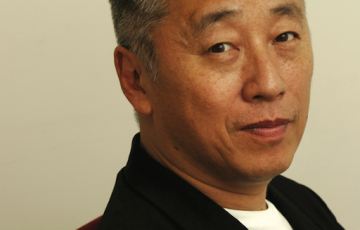
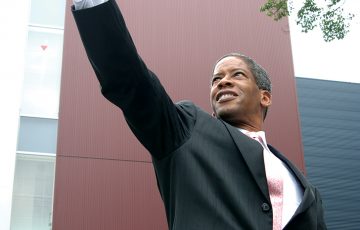
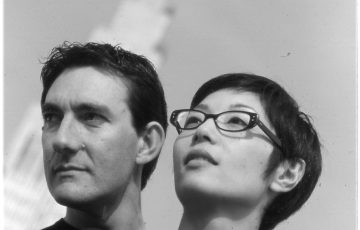

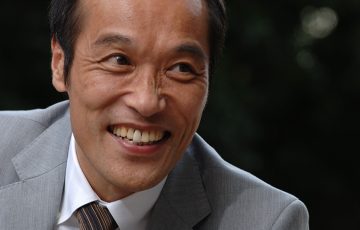
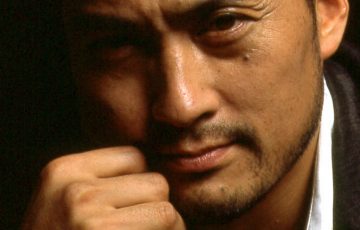
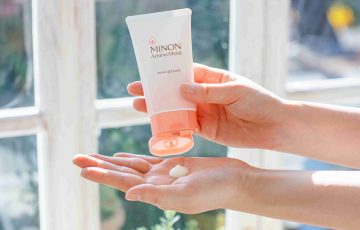



Recent Comments